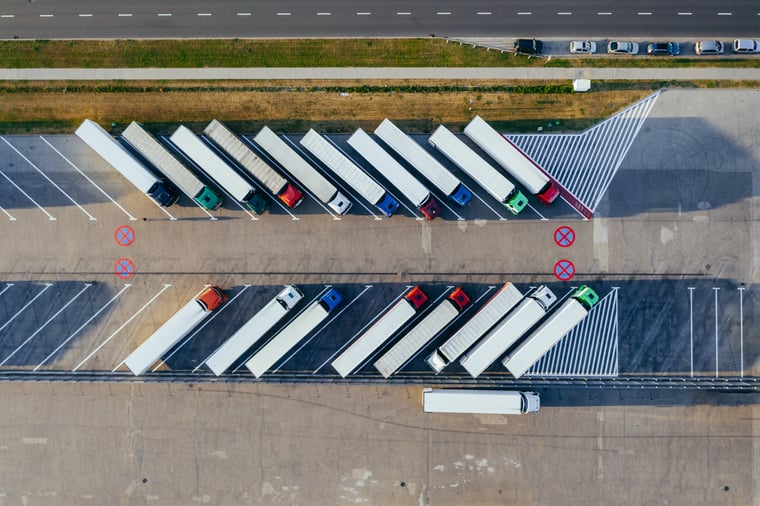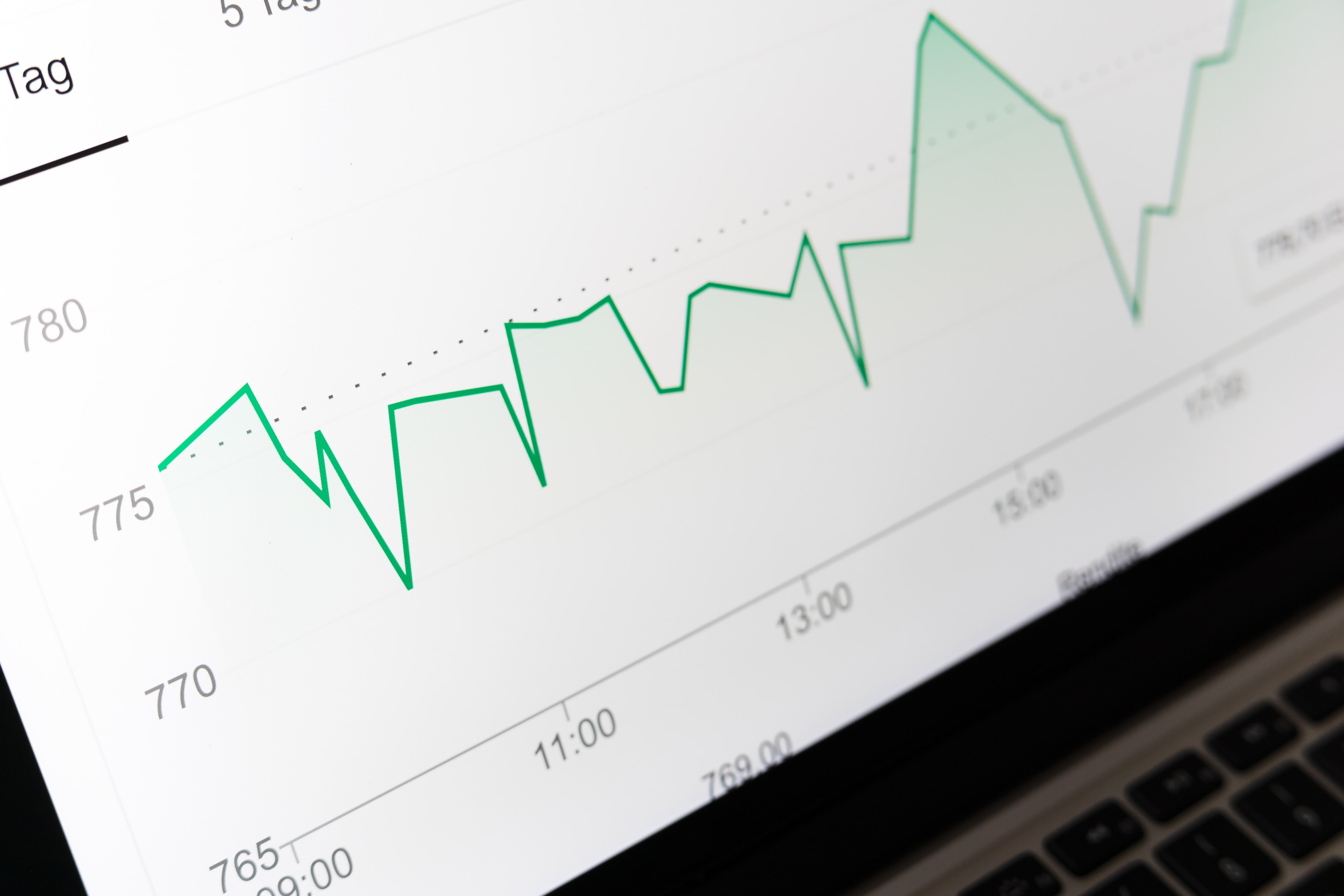Technology is having a major impact on all industries. For the equipment rental industry, in particular, it’s offering a range of new opportunities. From preventing under-utilisation of equipment to reducing maintenance and repair costs, let’s discuss these reasons in more depth.
- Improving operations
- Enhancing logistics
- Benefiting from the cloud
- Enabling mobility
- Adding the value of IoT
- Giving access to analytics
Improving operations

Technology can help you improve the performance and earnings of your equipment in the following ways…
Giving an overview of assets
Modern equipment rental solutions allow you to have an overview of your assets at one glance. You can then plan better, forecast better and deliver their assets on time.
This will also make the creation of new product offerings a smoother process and boost customer satisfaction as you gain an updated overview of assets at any given point of time.
Repair and maintenance become more proactive
It’s important to keep your assets in good condition. However, it’s imperative that the time taken towards repairs (when required) and maintenance (periodically) doesn’t affect the usage and availability of the asset.
With the help of technology, equipment rental companies can undertake predictive and preventive maintenance and ensure that assets are available on time and downtime due to such issues are reduced.
Optimising the spare parts inventory process
Thanks to technology, it’s much easier to analyse the most commonly needed spare parts and consumables. You can then use that knowledge to optimise your inventory.
This approach reduces the need to carry excess inventory and the associated costs while ensuring that you do have the parts that are required.
Enhancing logistics
 Photo by Marcin Jozwiak on Unsplash
Photo by Marcin Jozwiak on Unsplash
Save on transportation costs by using technology to reduce loss of time, improve delivery times and enhance overall efficiency. Here’s how…
Ability to plot the best delivery routes
With specialised pieces of machinery, there’s a likelihood that the requirements from customers can pose an operational challenge. A good equipment rental solution allows you to map out the best routes to send equipment.
This comes in very handy when the equipment is delicate and needs to be protected from the hazards of poor routes.
Helping drivers and operators plan
When it comes to complex equipment, it’s not only important to plan the routes for drivers but also the movement of specialist operators as they’re often part of the deal. You have to make complex arrangement for the movement of operators and drivers to ensure that they’re not incurring additional expenses.
Technology gives you an overview of the equipment locations and the rental schedules, which helps with this part of planning.
Ensuring an accurate time and delivery schedule
Apart from the actual asset, the best route, the drivers and operators, another aspect you must include in the planning of rental asset delivery is the time of delivery. Technology can help you put all these aspects together and formulate a plan to ensure you can deliver assets on a timely basis to diversely located clients.
Benefiting from the cloud

Cloud-based technology benefits all industries, thanks to its ability to provide ease of use in a variety of areas. Here are a few…
Easy to install
A complex and time-consuming implementation process is one of the pet peeves that people have about technology. However, today’s modern rental solutions offer the complete suite of features that are also easy to install.
You don’t need to be a coding expert or rely on third-party support. Instead, it’s easy to configure the system using your existing IT resources. Cloud computing also reduces your need to invest in complicated infrastructure.
Easy to update
Technology is never static which is why it needs to be updated frequently. This is another roadblock that many companies have when it comes to the use of technology to support a complex rental outfit. Wouldn’t a system update be a highly complex project and lead to lengthy bouts of downtime?
However, this harks back to our previous point. In comparison to on-premise alternatives, cloud-based ERP solutions make updates easy and quick while still ensuring security.
Very convenient
Cloud-based solutions offer the convenience of easy-to-manage storage, secure transmission and facilitates the easy and quick exchange of information among a diverse set of people. Aspects like this help in better delivery of services to clients as they improve the overall convenience of operations.
Enabling mobility

Technology creates a combines operational expertise with mobile access which leads to the following benefits…
Allows role-based access to boost security
Today, it’s difficult to imagine any company operating without mobile access. One of the factors that helped companies overcome their initial apprehensions is the option to facilitate role-based security in mobility solutions.
It’s possible to make instant entries and updates
Mobility addresses the need for immediacy. In the rental industry, it means field staff can instantly enter and update information no matter where they’re located. As a result, you can deliver services that are fast and correct without getting bogged in administrative hassles.
Device-agnostic which reduces costs
Today, more and more companies are moving to mobile access to rental systems because mobile solutions are device-agnostic. This means your field staff can start using their device of choice requiring minimal additional investment.
All this without compromising on quality or security.
Adding the value of IoT

Embrace technology and you end up embracing and benefiting from the power of the Internet of Things (IoT)…
Reducing the misuse or overuse of assets
The use of IoT enables you to track the usage of assets to ensure they’re not being misused or overly used. Both instances can impact the asset’s overall functioning of the asset and could affect the life of the asset.
Ability to know where your asset is at all times
Often, the equipment being rented out is very expensive and of a delicate nature. IoT enables you to keep tabs on where the asset is located at all times. Now, it becomes easy to manage the usage and operational aspect of the assets being rented out.
Enhancing predictive and preventive maintenance
IoT helps measure the factors that indicate the health of the asset and this input can be used for predictive and preventive maintenance. Maintenance and service sometimes have an immediacy, making it difficult to predict especially when numerous assets are part of the operation.
However, IoT can help with this factor.
Giving access to analytics
 Photo by Markus Winkler on Unsplash
Photo by Markus Winkler on Unsplash
Reap the benefits of complete and accurate analytics provided to you, courtesy of technology…
Anticipating problems, coming up with solutions and resolution becomes much easier
Data collected from your assets and the rental industry in general, can help you gain more insights to your business. These insights can help you flag potential issues, decide on the next steps and resolve them before they become a problem.
Digitally transform your business
Technology gives you access to the right insights at the right time. This makes it easier for you to make more informed business decisions - such as when to digitally transform to meet the changing needs of customers ahead of the competition.
Your operations can become more streamlined
To optimise your operations, you need the right insights from within your business systems as well as from external sources. This is what technology provides. Only then can you streamline operations to keep up with the changing needs.
Keeping up with industry best practices
Knowing what your competitors are doing is very important if you’re to work towards staying ahead. Technology helps you collect the right data to come up with intelligence and insights on the best practices followed by the competition.
This helps you stay ahead and ensure that your business is thriving.
The key to a futureproofed business is the right technology
With the rising demand for equipment rental, it’s essential for the industry to find a way to gain more control over their assets and provide the right service and experience to customers. Technology is that way.
However, there’s a whole plethora of technologies out there. How can you choose one solution over another? What features should you be looking out for? What questions should you be asking when you’re selecting a vendor?
These are all topics we cover in our guide, ‘How to find the best equipment rental solution’. Click the button below to download your copy and learn how to narrow down your search.

